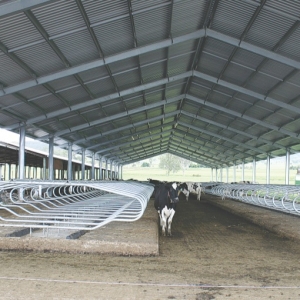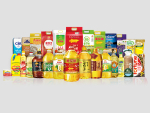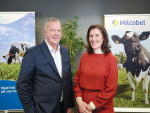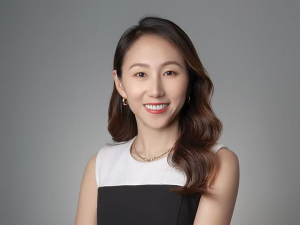COW HEALTH and contentment are important in a Queensland dairy farm positioning itself in the public eye. And the farmer, Greg Dennis, reckons he also gets a bottom line reward because his happy cows are more productive.
Dennis says he will recoup outlays such as the A$120,000 spent installing floating beds in a new free-stall barn so the cows can chew their cud in comfort. This is an Australian first. Also, the farm’s robot milkers take the daily hustle and bustle out of milking.
The new dairy was built with a viewing platform so busloads of visitors can watch the milking process. And from May those visitors will be able to buy full cream milk from the on-farm processing plant under construction.
Dennis has taken to the social media airwaves and has become a public ambassador for the industry ahead of the launch of Scenic Rim 4 Real Milk which aims to sell 7000L/day produced on the family farm at Tamrookum, south of Beaudesert.
While the move into marketing milk might seem a logical extension to the dairy’s public engagement, Dennis is more sanguine. He has big bills to pay and the poor returns on offer through traditional channels left little choice but to explore the direct sale option. The latest processor contract offer of a 25% price cut was the final clincher.
The family has set out to quit dairying before but don’t see this as an option because of the large capital outlays committed to rebuilding the business.
Dennis’s father Darrell and uncle Ray had a long tradition of dairying before the family decided to exit the industry at the end of 2003, disenchanted with a price of 35c/L.
A modern rotary dairy was built in 1992 and at its peak the 153ha property was milking 360 cows, then one of the biggest herds in Queensland.
The rotary was cut up and sold to a Darling Downs farmer and the Dennis family diversified into beef production and built a substantial commercial hay growing business.
Dennis says when the decision was made to come back into dairying on improved prices being offered in 2007, it was intended to be on a smaller scale, retaining other income streams, including his work in the entertainment industry as a disc jockey. They recommissioned an old herringbone dairy and began rebuilding a herd of quality-registered Holsteins.
Dennis admits it took some convincing for his father and uncle to consider robot milkers, but after a tour of facilities in Victoria in 2010 the slab for the new dairy was poured later that year. Three Lely milking stations were installed and a fourth has since been added. This gives them a capacity to milk 280 cows and herd numbers are building towards 250.
“I prefer to run the system below specification. The cows don’t have much waiting time and it’s a lot less stressful. They can also milk more often and the average now is about 2.8 times a day,” he said. “The cows are a lot more relaxed not being pushed up for milking in a big mob twice a day and foot health has improved.”
The computerised monitoring of a cow’s movements gives a good guide to heat detection and animals are automatically drafted off daily for inseminating to help achieve a flat milk production cycle. A Lely Calm calf feeding system is also linked to the robot milkers.
Fresh pasture is still an important component of the diet with twice a day grazing available year round, complemented by access to a feedpad.
Drafting gates change automatically every eight hours and cows have quickly grown used to the routine. The system allows the herd access to one grazing block from noon until 8pm. A fresh paddock offers night grazing until 4am when cows are directed to the feedpad area.
A ration of cracked grain is bail fed at a rate matched to the level of production and stage of lactation, averaging about 4kg. Another 5kg is fed in a mixed ration with protein, minerals and hay or silage. “We aim for a feed intake of 21-22kgDM/day between the pad feeding and grazing,” Dennis says.
Ryegrass pastures are established annually in March-April and herbs such as plantain and chicory have been introduced to the planting mix.
“Our summer grazing performance has been much better since we started direct drilling millet each year into the established pastures, a mix of kikuyu, Rhodes grass and paspalum,” Dennis says.
Dennis says that after a series of extremely wet summers and a battle to keep mastitis cell counts under control, the family had decided to invest about $700,000 in a large free stall barn which was completed last December.
The open-sided structure measures about 100m by 20m with 240 individual cow stalls. The roof is 4.2m high at the sides and with an 18% pitch, rises to almost 8m. The shed is on a natural slope of about 4.5 degrees, which helps draw good air flow through for cow comfort during the hottest months of the year.
Cows rest contentedly on a gel-filled membrane bedding system imported from Canada. They are
the first Gel Mats installed in Australia.
Manure is scraped from the shed laneways daily and a flood wash system is being considered.
“We expect the shed will make a big difference to our productivity and herd health, particularly during the summer months. ”


















